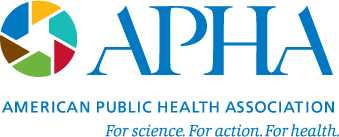Corona presents on marijuana research at upcoming conference
6/26/17 / Kevin Raines

Learning Areas
Summit County, Colorado, is located among the high peaks of the Colorado Rockies, immediately west of the Continental Divide. Our elevation ranges from a low of 7,947 feet above sea level up to 14,270 feet at Gray’s Peak. Included within the county are six municipalities, four major ski areas, and major wilderness areas. About 80% of the land in the county is federal public land.
Whereas Colorado leads the nation in developing marijuana policy, Summit County leads Colorado. As a major recreation area and larger mountain community, youth in the area are exposed to a marijuana-friendly and marijuana-tolerant culture. No fewer than five retail marijuana dispensaries do business in this tourism-oriented community of 30,000 permanent residents. So how does one prevent marijuana use among youth in such an environment? While marijuana remains illegal for people under 21, it is now easy and legal for adults to possess marijuana, and easy access among adults may lead to easier access (knowingly or illicitly) among youth.
Summit County decided that a campaign aimed at preventing youth access to marijuana would be a good start. But to do this, we needed to know how adults viewed the risks of marijuana use in a number of contexts, to help enlist their participation in this cause. Via surveys, we learned from parents, young adults, and others about how they viewed marijuana risks both for adults and for youth. We examined several facets of risk and safety, including comparisons of marijuana to other legal and illegal drugs, safety in a recreational context (e.g. while hiking, biking, driving, skiing, etc.), and opinions about the safe storage and disposal of marijuana products to prevent unintended exposure of youth to them.
The results will inform a campaign aimed at recruiting adults into a movement to help limit access to youth.
Learning Areas
- Assessment of individual and community needs for health education
- Planning of health education strategies, interventions, and programs
- Program planning
- Public health or related education
- Public health or related research
- Social and behavioral sciences
Learning Objectives
Formulate a strategy for a public campaign to educate about risks of marijuana. Formulate a strategy for a public campaign to promote safe management of marijuana use where it occurs. Define what safe usage means in the minds of users and develop education strategies for areas where public perceptions of risk may differ from known risks. Compare perceptions of safe marijuana use against those of other legal and illegal drugs.
